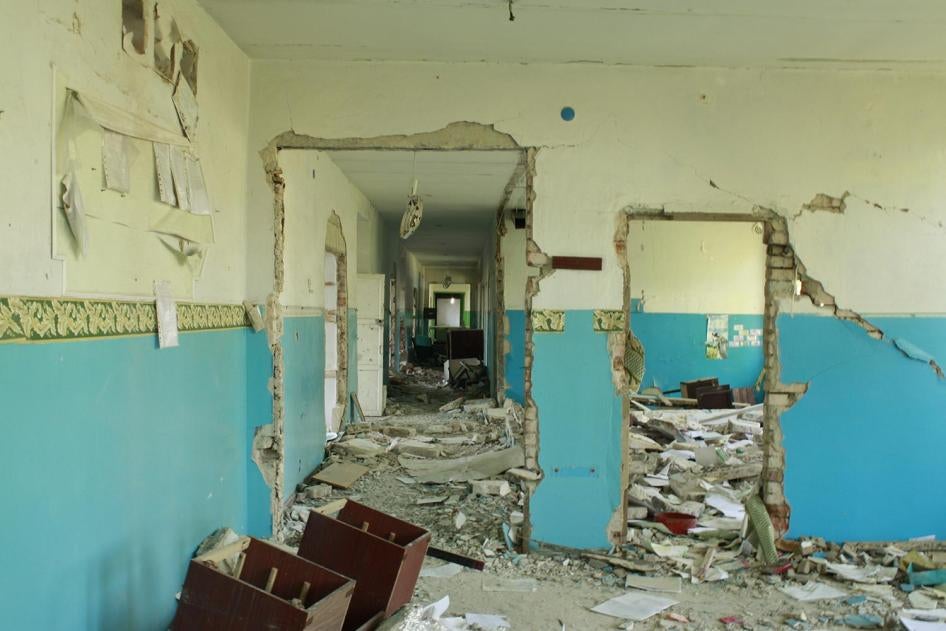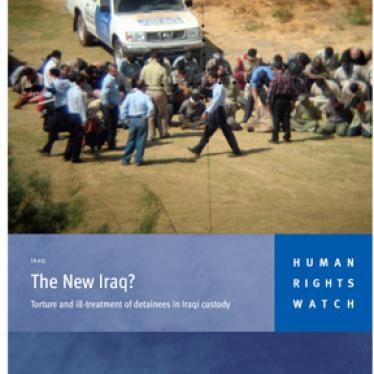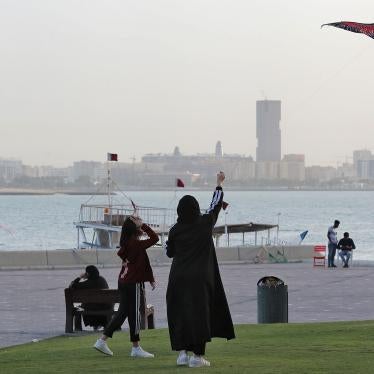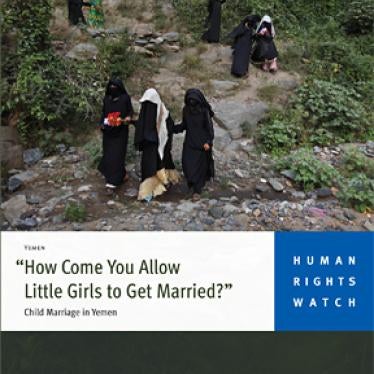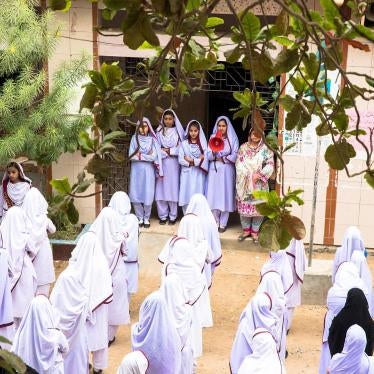The news this week that Ukraine has become the 100th country to endorse the Safe Schools Declaration—a Norwegian initiative to make schools safer even during war—has me thinking about two schools at almost opposite ends of Europe. They are united by a common fate, yet separated by more than 70 years: Oslo’s Sagene Primary School and “School Number 4” in Krasnohorivka, Ukraine.
School Number 4 sits in eastern Ukraine, in a town close to the front line dividing government-controlled territory and the parts of the country controlled by Russia-backed armed groups. I was shown around the school in November 2015 by a group of teachers who recounted how during the summer holidays of the previous year, anti-government fighters broke down the school’s front gate and camped inside for a week. After they left, Ukrainian army soldiers entered the school, and again used it as a base, this time for more than a year.
Students were barred from the school during its occupation, and most shifted to a distance learning program. The teachers showed me the staff room with the word “Crow” painted in red on the door, presumably some soldier’s nom de guerre. The teachers listed all the property that had been looted, but most striking was that the only school desks I could see were in the two classrooms where they were bolted to the floor.
Sagene Primary School sits near Oslo’s Akerselva river. It was closed to students in May 1940, when, like most of the primary schools in the capital, it was requisitioned by German forces for barracks. For a period, parts of the school were reopened for students to use, but the soldiers continued to use the school for five years. School officials found alternative places to teach classes, including a church and teachers’ homes. The disruptions led to poor attendance and cutbacks in subjects taught.
The use of schools for military purposes is tragically not rare these days. In at least 32 countries since 2015, schools have been used for military purposes, converted into military bases or barracks or used to store weapons or munitions, according to the Global Coalition to Protect Education from Attack. Sometimes schools are only partially occupied, endangering children when soldiers misbehave, or turning their schools into targets for attack by opposition forces. Since 2015 there has also been a pattern of attacks on students, teachers, and schools in at least 37 countries.
In response to this horror, Norway along with Argentina drafted a political agreement known as the Safe Schools Declaration, which was opened for countries to sign on in Oslo in 2015.
The declaration contains common sense measures countries can take to make it less likely that schools will be attacked, and to mitigate the consequences if attacks occur. These include committing to investigate all such attacks and prosecute the people responsible. It includes ensuring that education continues for all children even during war. And it includes incorporating measures into military policies and training to discourage the use of schools for military purposes.
This increased attention to the problem of military use of schools may be having a positive effect. Globally, incidents of military use of schools—as verified by the UN—have fallen since 2014. This downward trend is particularly encouraging because it coincides with improved monitoring of the phenomenon, something that often—initially at least—makes it appear as if violations are increasing.
The soldiers vacated Krasnohorivka’s School Number 4 about a month before my visit. On a blackboard in one classroom, a student had written in chalk: “Hooray! They vacated the school!”
When a teacher returned to Sagene school after the liberation he wrote: “Everywhere there were flowers brought by the children. From every window small flags waved. It was a great day: We had our school back. It was ravaged and battered—but it was ours!”
I first learned about the occupation of Sagene school from a student’s drawing from 1944. It depicts a soldier with a swastika on his helmet, standing straight, rifle slung over his shoulder, in front of a barrier of barbed wire at the school gate. I found the picture in the Oslo city archives. If the governments that have joined the Safe Schools Declaration have their way, that’s exactly how the practice of using schools for military purposes should be treated: as a piece of history, ready to be buried in the archives.

